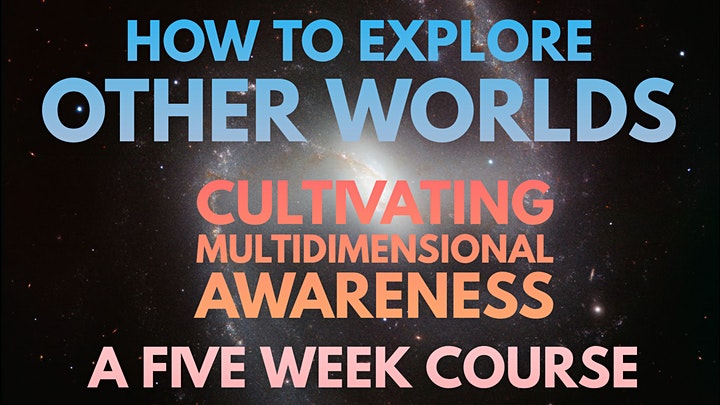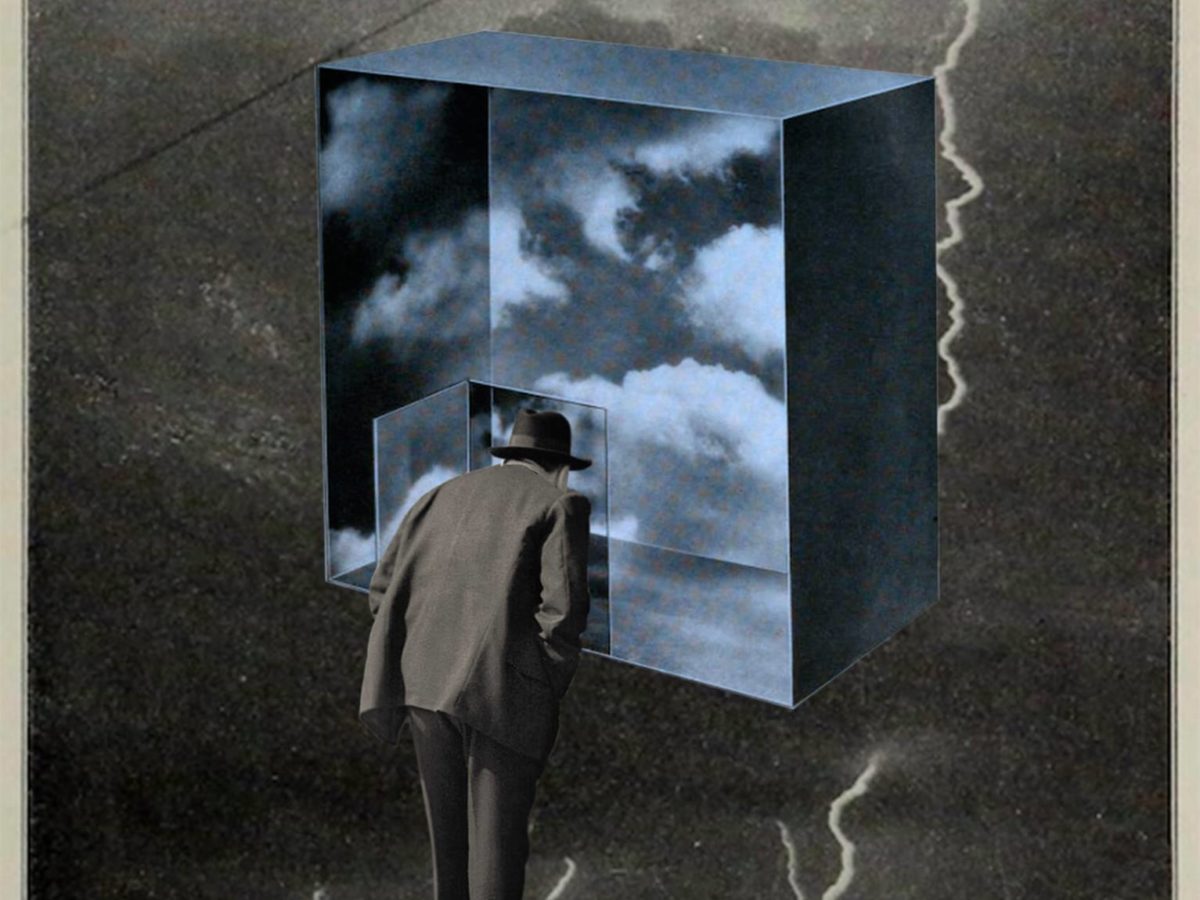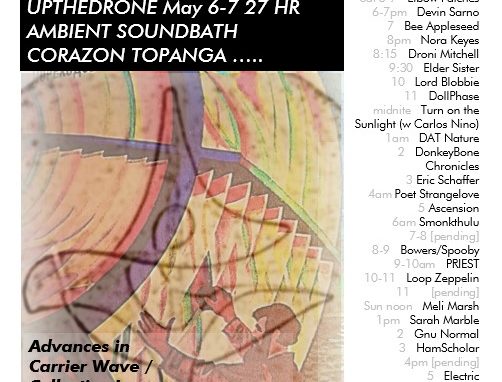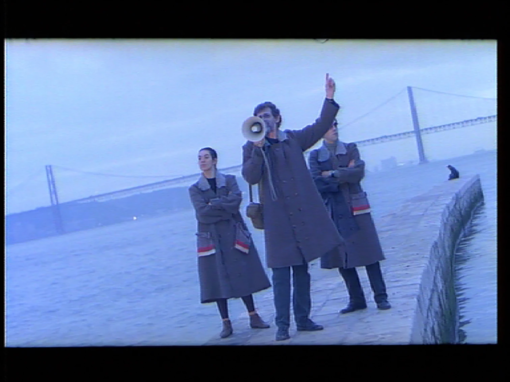Twistrophonyx (revised 8/19)
Cover art by @julialillardart
The whole planet is about to be enmeshed by blockchain, IOT and machine learning, the last wilds are financialized in derivatives-like carbon accounting schemes (REDI), humanity is ever more pacified behind digital screens, our interactions mediated by digital cash.
Yet, strangely, at the same time, as this debased bureaucratized scientism seems to rule supreme, crusty old religions refuse to slink off to their assigned graves, faeriewings, dragonfire and zombies rule supreme in media, anomalous phenomena are ever more popular amongst the masses, and bit by bit here and there, … maybe some people long for, or refuse to give up, the frisson of magic, …
… of unknowability.
Cue: UFOs.
Hyper-advanced flying tech from other planets is back on prime time news.
DOD whistleblowers mumble, “We have recovered materials not of this world.” Carefully chosen wording?
And a new cast of Regularizers of the Weird materialize from the mist at the edges of academe – like an opening scene in the latest Netflix trailer.
While Tom DeLonge and his TTSA spooks-turned-media-pumpsters massage the drip-drip-drip cadence of DOD videofiles in one quadrant, these other guys whip up a towering analytical architecture by which to conceptually interrogate human encounters with High Strangeness, that absurdist world where flying saucers, bigfoot, ghosts, channeling, and anything else that just doesn’t fit all collide.
So, this is a noble but probably misguided, and maybe accursed, philosophical venture. I support the spirit of it, if in fact it’s a sincere voyage, and not just an attempt to “recuperate” the Weird and differentiate one’s counter-cult or academic CV.
Humans have nothing, if not the thirst for understanding our place in the cosmos.
Role, destiny, function, you can qualify it however you like.
Unfortunately “Knowledge,” a pile of loose, poorly metabolized ideas and data, is so often substituted for understanding.
Especially in the realm of the paranormal, understanding has to be more than an analytical exercise, and the “Role of the Observer in the Experiment” becomes central. And this is one, or maybe the major reason, why purely objectivist, scientific approaches to the Weird don’t really get very far.
So now you can pay Daniel Pinchbeck and the PhD’d gent with the odd Scandinavian name (SEAN ESBJÖRN-HARGENS) $199 to learn How to Explore Other Worlds in a 5 week webinar.

It was inevitable that some bright person, who has probably done a fair amount of ayahuasca, meditated, spent some time communing in the outback, checked out some Findhorn workshops, and dutifully litigated “Theory” at the foot of Ken Wilber’s Integral Psychology with it’s overweening (in our opinion) attempt to artificially systematize (while ignoring certain key precedents, ie Gurdjieff/Bennett “Fourth Way”), would seek to deploy a similarly strained conceptual net around the liminal terrain that most of academe utterly rejects, rallying all the most cutting-edge intellectual moves and constructs from farflung fields.
For decades, we also have followed the literature in many of these areas: psi, UFOs, contactee literature, psychedelics, New Age shamanism, and done plenty of our own experimenting. We have never sighted silvery flying disks, but plenty of other bizarro experiencings we won’t bother to enumerate here.
The Ultra-Terrestrial or Hyper-Dimensional Model, of two main researchers, John Keel (Mothman Prophecies, Operation Trojan Horse, The Eighth Tower) and Jacques Vallee (Passport to Magonia, and too many others to list, were the most interesting and open-minded explorations coming out of the 60s/70s period, evoking both a psychology we don’t yet have, and a cosmology we don’t yet have.
With Keel, he proposed that the phenomenon is mostly energetic, and moves up and down the electromagnetic spectrum, and is often outside of our ability to perceive it. He also found it necessary to investigate ghosts, poltergeists, cryptids, and other weirdnesses and not draw any arbitrary boundaries between them, as most investigators do. However his attempts at an overarching theory are more inspirational than rigorous, but at least it opened things up.
In Jacques Vallee’s approach, UFOs and many other anomalous phenomena are part of some kind of extra-temporal training or teaching program (“cybernetic mechanism” in one formulation), interacting with humanity in forms that vary by culture and time and place. Vallee for example found many analogies between the faerie lore of Old Europe and UFO encounters, not to mention descriptions of UFO like things throughout history.
More recently, many have noticed that mantid-like beings are a regular feature of both UFO encounters and DMT trips.
Earlier, at the turn of the century, Charles Fort laid the groundwork, questioning whether there might not be “Degrees of Real.” Esbjorn-Hargens picks up and builds on that.
It’s all little nuanced and hard to defend, it’s true, for folks who have never too dug too deeply and seen for themselves how the sci fi folk narrative of “ETs from another star system in advanced flying craft” just doesn’t cover the absurd range, changeability, inconsistency and “Tricksterish” quality of the phenomenon — not to mention the panoply of psychic effects and synchronicities that happen to many experiencers — including investigators, sometimes.
However, it wasn’t clear that either model generated falsifiable predictions, as is expected from good scientific hypotheses.
See for yourself:
Wild Kosmos: An Exo Studies Exploration of the Ontological Status of Non-Human Intelligences (paper)
Interview with Sean Esbjorn-Hargens on Future Fossils
How to Explore Other Worlds course w Pinchbeck & Sean Esbjorn-Hargens
So, a few good things:
YES. Science advances by articulating new hypothesis that take into account disparate data that were previously ignored, discounted or seen as unrelated. This “Unifying Meta-Theory of UFOs etc” **appears** to do so. So far so good.
YES. Credit is allocated to the appropriate forefathers, tho perhaps not as generously as should be: Fort, Keel, Vallee are cited here and there.
YES. There are, arguably, 10 major paradigms or narratives for explaining UFOs. Yes, roughly right, and as Esbjorn-Hargens says, multiple paradigms seem to be in play in many cases.
And YES, “Stations, Sovereignty and Substances” is prob a useful three–part convention for starting to get at how these manifestations accompany each other and sometimes seem to morph directly into each other. Sean calls this the “Mutual Enactment Hypothesis”:
NHIs (Non-Human Intelligences) are one of five major kinds of beings that contribute in mutually enacting ways to each other and the manifestation of the phenomena (i.e., UFO, anomalous, and paranormal occurrences). All five kinds of beings (i.e., humans, NHIs, earth lights, thought forms and archetypes) are influenced in numerous ways by electromagnetic energies. These five kinds of beings exist within an ontological matrix that includes at least three distinct axes/spectrums: stations (where did they originate and where are they currently located), sovereignty (how much free-will do they have), and substance (what types of matter/energy are their bodies made out of). A being’s location on all three spectrums determines its ontological status. This hypothesis is the result of a sustained meta-analysis of the other 10 hypotheses and provides a potential integration of the major insights and distinctions of each of them.
That’s kind of the highpoint of the paper.
But the whole effort of trying to create detailed taxonomies of Non-Human Intelligences, well, this somehow just seems wonky and silly. (And yeah, science likes taxonomies, we know.)
More can be said, we’ll leave it at that for now.
— Twist
Cover art by @julialillardart on IG





Pingback